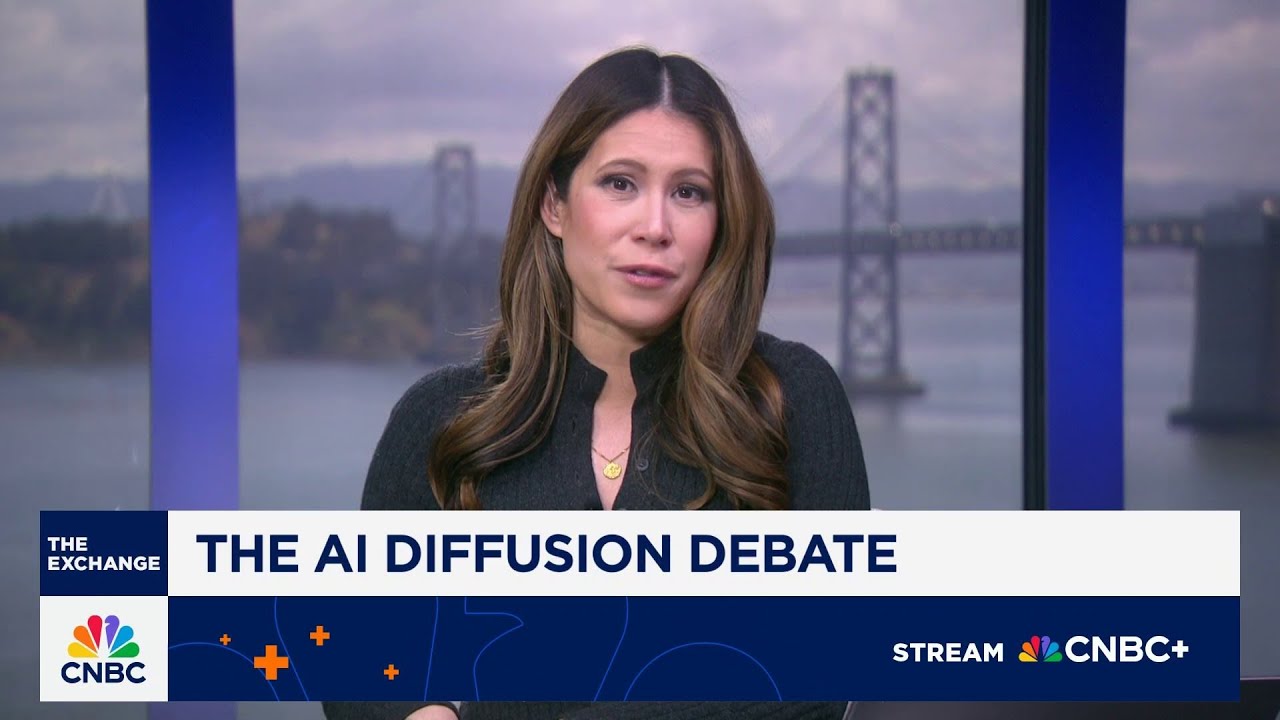The Gulf region aims to become a major hub for AI development with U.S. support, but deep Chinese involvement in infrastructure and technology poses significant backdoor risks. This creates a complex challenge for policymakers to balance technological growth and regional influence with national security concerns, as Chinese firms could potentially access sensitive data and AI systems.
The video discusses the Gulf region’s ambitions to become a major hub for artificial intelligence (AI) development, driven by U.S. diplomacy and tech investments. These efforts aim to expand American influence in the region and open new markets for U.S. technology companies. However, there is concern that these initiatives could inadvertently create backdoors for China, given the region’s existing ties with Chinese tech giants like Huawei and Alibaba. The Gulf’s strategic investments and infrastructure projects, such as Saudi Arabia’s Neom city, already involve significant Chinese participation, raising questions about the true nature of these collaborations.
Chinese companies have established deep roots in Gulf infrastructure, including Huawei’s involvement in Saudi Arabia’s 5G network and Alibaba’s joint ventures with regional telecom providers. These relationships are seen as a hedge by Chinese firms against worsening U.S.-China trade relations, especially amid geopolitical tensions. The region’s growing reliance on Chinese technology complicates U.S. efforts to maintain control over sensitive data and AI development, as these Chinese firms could potentially access or influence critical data centers and AI systems in the Gulf.
U.S. policymakers are aware of these risks and have attempted to implement guardrails, such as rules to ensure U.S.-controlled access to data centers and AI technology. Despite these measures, the deep integration of Chinese companies in Gulf infrastructure and AI projects presents a significant challenge. The Biden administration’s strategy of AI diffusion—spreading U.S. AI technology widely to extend influence—may inadvertently increase vulnerabilities by providing pathways for Chinese access, thus undermining efforts to prevent backdoors.
The debate highlights a fundamental tension between expanding U.S. influence through widespread AI deployment and safeguarding national security. Critics argue that promises and rules have not been sufficient to prevent Chinese access, especially given the strategic importance of the Gulf region. The involvement of Chinese firms in high-profile projects like Neom and their ongoing negotiations in the region suggest that China is actively hedging against U.S. policies, which complicates the geopolitical landscape.
Ultimately, the video underscores the complex balance between fostering technological growth and protecting against security risks. While the Gulf’s AI ambitions could boost innovation and economic development, they also pose the danger of creating new vulnerabilities for U.S. and regional security. Policymakers face the challenge of ensuring that strategic partnerships do not become backdoors for Chinese influence, requiring careful oversight and possibly new safeguards to maintain control over sensitive AI and data infrastructure.
